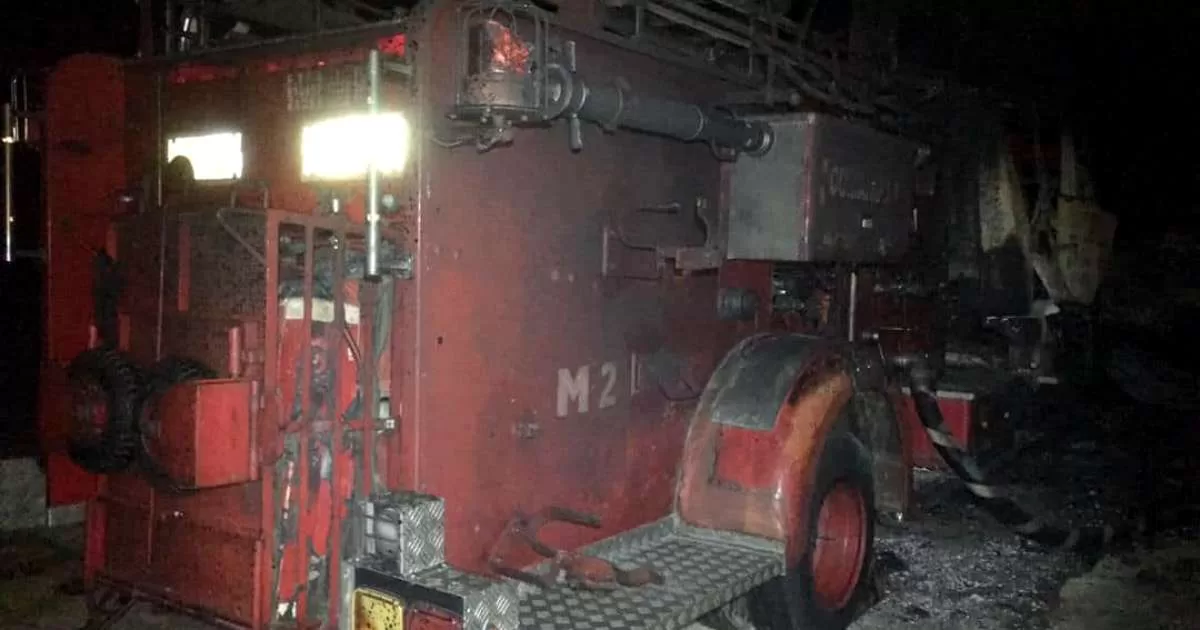In this production, a list of waterproof cell phone models available in the Argentine market, up to 100,000 pesos
By Cesar Dergarabedian
14/04/2023 – 16,33hs
The waterproof It has become one of the essential features among medium and high-end cell phones. More and more cell phone manufacturers are jumping on the bandwagon of this feature.
Although no cell phone is really waterproof, most will survive a dip or two in a swimming pool, kitchen sink, or other environments inside and outside the home. Below is a list of waterproof cell phone models available in Argentina:
1. Waterproof cell phones: CAT B26 Dual SIM
- Screen TFT 2.4″.
- Processor Spreadtrum SC6531F de 260 MHz con 8 MB de RAM.
- 1500mAh battery.
- 8MB internal memory.
- Waterproof: IP 68.
- Has Bluetooth.
Precio: $40.360 at the Cat Watches store in Mercado Libre.
2. Waterproof cell phones: Motorola Moto E22
- Screen IPS 6.5″.
- It has 2 rear cameras of 16Mpx/2Mpx.
- 5Mpx front camera.
- Processor Mediatek MT6765V/CB Helio G37 Octa-Core de 2.3GHz con 3GB de RAM.
- 4020mAh battery.
- 32GB internal memory.
- Waterproof: IP52.
- With facial recognition and fingerprint sensor.
Precio: $48.999 at the Motorola store in Mercado Libre.
3. Waterproof cell phones: Motorola Moto E32
- Screen IPS 6.5″.
- It has 3 rear cameras of 16Mpx/2Mpx/2Mpx.
- 8Mpx front camera.
- Processor Unisoc T606 Octa-Core de 1.6GHz con 4GB de RAM.
- 5000mAh battery.
- Internal memory of 64GB.
- Waterproof: IP52.
- With facial recognition and fingerprint sensor
Precio: $55.999 at the Mercado Libre electronics store.
4. Waterproof phones: Samsung Galaxy A22 5G
- Screen TFT 6.6″.
- It has 3 rear cameras of 48Mpx/5Mpx/2Mpx.
- 8Mpx front camera.
- Processor MediaTek MT6833 Dimensity 700 Octa-Core de 2.2GHz con 4GB de RAM.
- 5000mAh battery.
- 128GB internal memory.
- Waterproof: IP68
- With fingerprint sensor.
Precio: $95.999 at the Mercado Libre electronics store.
How to know if a cell phone is waterproof or not?
We do not have to rely on manufacturers’ statements. An industry entry protection standard labels the water and dust resistance. It is usually labeled as an IP rating, followed by a pair of numbers.
The first represents the dust resistance of the device, while the second rates its level of protection against water. An IP rating tells you the level of protection a device offers against solids and liquids. The International Electrotechnical Commission sets those numbers.
The IP stands for Ingress Protection in English and is followed by two numbers. The first number indicates the level of protection against Solid particles (dust, dirt…) and goes from one to six.
The second number tells you how much water a device can handle without damage and it goes from one to eight: the higher the number, the better the protection. Below is detailed information on what each number means:
- Level 1: protected against solid objects larger than 50 mm (example: hands); and against drops of water falling vertically.
- Level 2: protected against solid objects larger than 12 mm (example: fingers); and against direct water jets up to 15 degrees from vertical.
- Level 3: protected against solid objects larger than 2.5 mm (example: tools and cables); and against direct water jets up to 60 degrees from vertical.
- Level 4: protected against solid objects larger than 1 mm (example: small cables); and against the water sprayed from all directions.
- Level 5: Dust protected: limited entry of dust is allowed; and against jets of water from all directions.
- Level 6: Dustproof: Dust is not allowed to enter; and protected against powerful jets of water from all directions.
- Level 7: Protected against the effects of water immersion: between 15 cm and one meter for a maximum of 30 minutes.
- Level 8: Protected against the effects of long periods of pressurized water immersion. Usually 1.5 meter submersion for up to 30 minutes.
- Level 9k: protected against water jets at high pressure and temperature. The device can survive 30 seconds of 14-16 liters aimed at the phone from multiple angles, at a temperature of 80 degrees Celsius. The letter k refers to hot water.
As you can see above, a cell phone with a IP67 rating it is completely dust tight and will survive up to one meter of water for no more than 30 minutes.
A rated device IP68 it is also completely dust-tight. It is protected against the effects of long periods of immersion in water, which generally means it will survive up to 1.5 meters of water for 30 minutes. If a cell phone has an IP69K rating, it means it can also handle very hot water at high pressure.
Phones with an IP68 rating are generally preferable, though IP67 is still good enough for most usersbecause it allows a immersion of one meter for a maximum of 30 minutes.
How important is it to have an IP rating on a cell phone?
Some manufacturers may choose not to rate their devices simply because it costs money.
This is especially the case for the cheap cell phoneswhich may lack an IP rating, but can still handle some levels of exposure to dust and water.
With IP rating or not, we would not risk getting a cell phone wet or submerged on purpose.
Even the highest rated cell phones can be water damaged if you push things too far. It is better to be careful with electronics.
You may not even need an IP rating, but it offers peace of mind in case of accidents. It may surprise you a rain outdoors, and it’s no fun worrying about drops on your phone. Also, there is always the risk of spilling drinks on the phone or getting wet hands when using it.
If you really want to submerge your cell phone under water, we recommend that you get a waterproof case and that you do not rely solely on the IP rating of your phone.
Answers to frequent questions about the resistance of the cell phone to water
- Should I get my waterproof cell phone wet?: Just because you can do something doesn’t mean you should. This is the case with waterproof cell phones, which are made to withstand immersion, but this is not something you should do on purpose. Even if your phone can survive water, this feature is meant to be a “just in case” addition.
- Can waterproof cell phones withstand the rain?: Actually, this is what waterproof phones are primarily designed to do: survive use in the rain or direct contact with sweat. Nothing is foolproof, but the chances of your waterproof phone handling such scenarios are very likely.
- How deep can my waterproof phone go?: This depends on the specific IP classification of your cell phone. The highest level is IP68, which is designed to survive 1.5 meter submersion for 30 minutes. Obviously, it would be better if you didn’t try to overcome or even come close to those limitations.
- How can I improve the waterproof performance of a cell phone?: There is no way to get 100% waterproof protection, but you can improve your odds by getting one of the best waterproof bags. These will keep your phone dry underwater, and if any liquid does get in, it’s probably small enough for your waterproof phone to handle.


